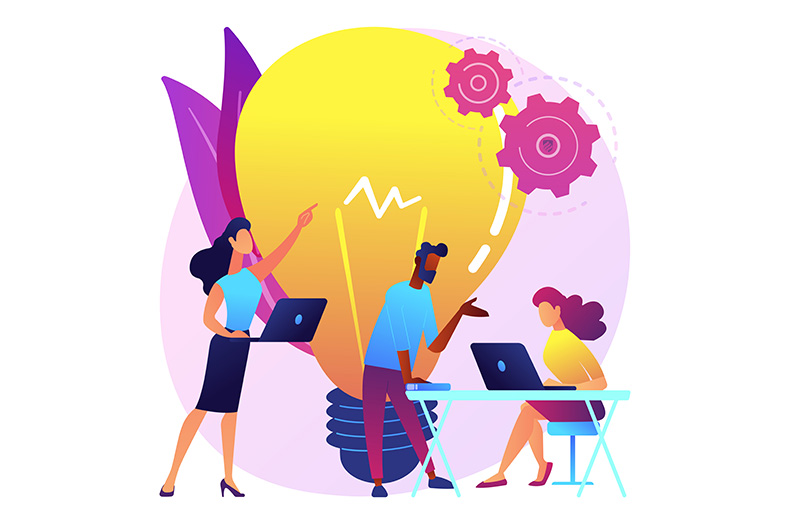The Human Side of Data
UNLIMITED DATA | BY JAMES KULICH | 4 MIN READ

My fascination with data began a long time ago when, as a young baseball fan, I noticed that some poor pitcher gave up a couple of runs in his first outing without retiring any batters. Being a good math student, I quickly surmised that his earned run average was 2/0—better known as infinity.
Sure enough, in the next day’s stats, a little ∞ sign appeared in his ERA entry. For what it’s worth, the team did not have a good season.
Fast-forward to a few years ago, when a friend showed me an intriguing new book, The Human Face of Big Data by Rick Smolan and Jennifer Erwitt. This book on big data is anything but technical. It is an old-fashioned, large-size coffee table book filled with stories and photos about amazing possibilities enabled by modern data.
Some of these stories are profound, like the use of DNA decoding to develop personalized drugs for diseases such as cystic fibrosis. While it’s certainly a major scientific accomplishment, the use of data to transform the lives of a mother and child with this disease is the real story.
Another essay talks about now-common personal fitness devices. From a technical viewpoint, we may be gathering data on steps taken and stairs climbed, but what we are really doing is improving our health in ways we hardly notice. What a powerful outcome! I was hooked.
The Human Side of Data Science and Its Real Impact
Soon thereafter, a group of us came together to draft a framework for a new master’s program in data science and analytics here at Elmhurst University. We knew that the technical elements were essential, from answering questions like “What is the definition of big data?” to covering the latest of machine learning algorithms.
But, what if we could craft a program that puts the human side of big data at the center? What if we saw data as the raw material for a new variety of stories that could make the kinds of differences described in the coffee table book? This would be data science that matters.
We designed course modules with titles such as “Telling a Data Story,” which includes discussion of an intriguing TED Talk, Make Data More Human, by data artist Jer Thorp. We instituted course project requirements that call for both deep technical analyses and client-focused presentations that convey findings in human terms. And we invited our students to think in terms of making a difference.
Some students do so via projects that impact a specific organization, a topic for later posts to this blog. Others tackle topics with a broader reach, such as:
- Achieving fairness in public school funding for districts serving low-income families
- Forecasting animal intake patterns at a large no-kill shelter
- Promoting student success in community college gateway math courses
- Modeling cardiac sensor data to detect fetal distress during labor
Human Approach, Better Outcomes
As it turns out, this human-centered approach actually enables you to do better data science. If you are really clear about what your data science projects aim to accomplish, and if you are really diligent about getting the right data into the right forms, all of the amazing data science techniques now available to us perform more optimally. What a win-win!
I look forward to exploring with you many different aspects of what modern data science is all about. I’d love to hear your thoughts and ideas in the comments.
Thanks for joining me.
About the Author
 Jim Kulich is a professor in the Department of Computer Science and Information Systems at Elmhurst University. Jim directs Elmhurst’s master’s program in data science and analytics and teaches courses to graduate students who come to the program from a wide range of professional backgrounds.
Jim Kulich is a professor in the Department of Computer Science and Information Systems at Elmhurst University. Jim directs Elmhurst’s master’s program in data science and analytics and teaches courses to graduate students who come to the program from a wide range of professional backgrounds.
Learn more about Elmhurst University
Request information today!


